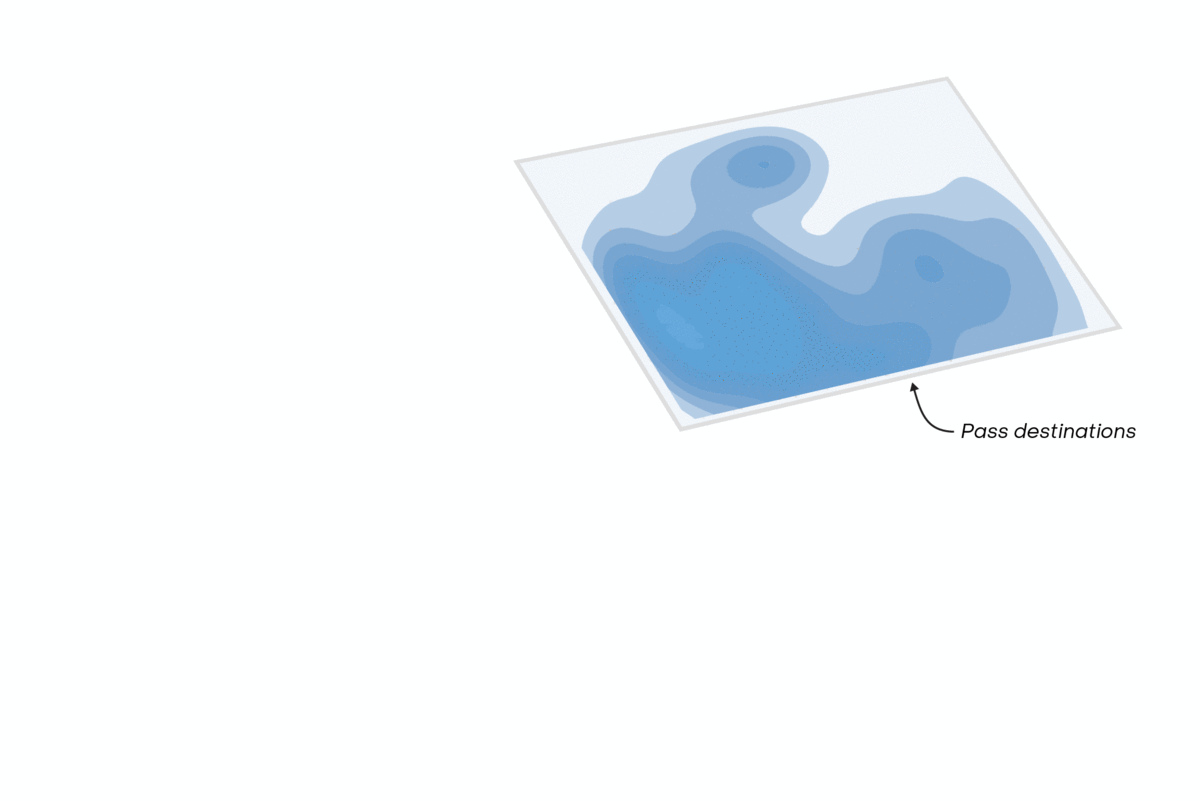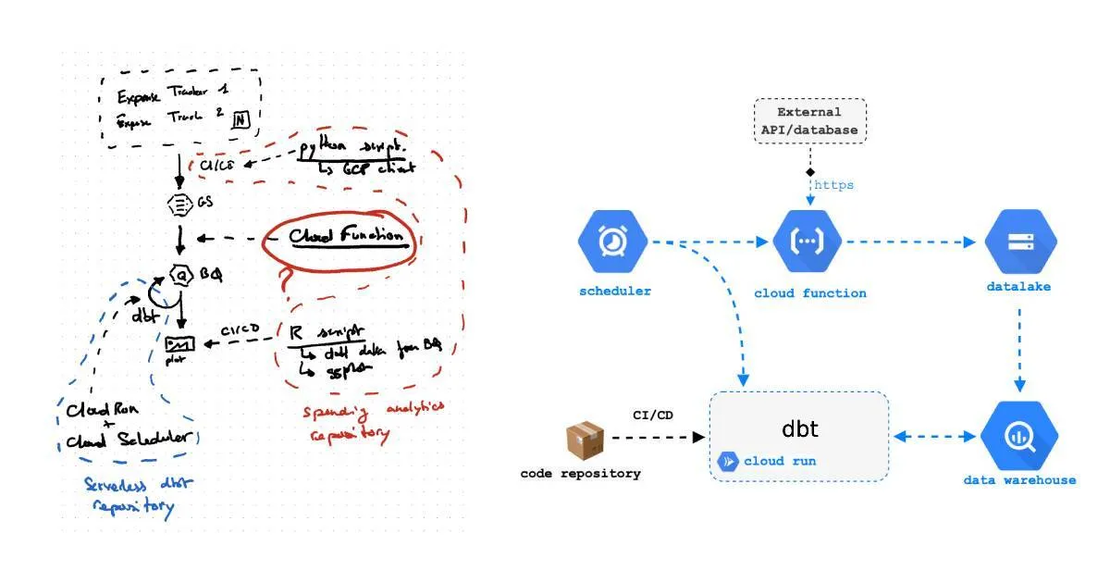
Part 2 — A Career in Football Analytics, The How
- Business , Football , Analytics
- March 4, 2022
Do you ever wonder how to work within a football club? How to learn and share ideas with the football community?
I remember wondering about these same questions a few years ago. Answers are really opinionated — everyone’s path is different.
Here is mine.
Enter the community
The football analytics community learnt me something very important: the community behind any subject is something very valuable and often underrated.
Learning is about diving into a community, into a niche. This is true for any domain.
Professional football is a closed environment, composed of few people. It’s hard to make a place and to be trusted by experts.
To be able to enter the football analytics community you have to understand the audience, see the different set of possibilities and imagine new insights. You also have to bring thoughtful conversations that can touch state-of-the-art and make people curious.
First, understand the audience.
There are in fact two football analytics audiences: the general one and the expert one.
Football is one of the sports the most-watched in the world. It reaches millions of people.
Therefore any scientific or analytical work could interest a large audience of people with different backgrounds and motivations.
The goal of analytics is to close the gaps between basic understanding and scientific findings.
As analytics, data, or engineers guys, we have to go further with our scientific purpose and explain our work as simply as possible while being relevant.
That’s why a lot of football analytics works live in infographics and charts.
Images often drive engagement. They tend to resume information quite well.
In my case, I found some public looking at what we call pass networks and pass sonars .

By making regular tweets after big games or by answering requests from fans, I made people curious and so it naturally drives good organic engagement.
Beyond the actual insights revealed by those maps, a key point was the work on good, hand-made, and automated graphics.
Making clean and detailed works show how serious and engaged you are.
Don’t make non-refined pieces or still copies of other works.
Copy and get inspired, but what matters the most and what makes real value is your idea.
Your touch.
Work on it first!
Once you show your most qualitative works it’s easy to discuss with smart people and enter the community. It will drive you to even better works. Snowball effect.
Finding inspirations
I often got asked where I found my ideas.
Beyond watching football games with my brother and playing FIFA games, I read articles and look for great content constantly. I’m still doing it today.
Here are my main sources of inspiration. The fact that is not especially football-based is for me very important as it opens the range of ideas.
- Medium : articles about anything. Designed for readers and writers.
- Newsletter : people are writing about their personal experiences constantly. It’s often thoughtful content.
- Twitter
: A lot of things to say on it. For me, it’s the best platform for connecting with people everywhere in the world. I found two of my previous jobs with it. It’s full of smart people if you take some time to curate your feed. You can build an engaged and growing audience quite easily.
It has a lot of defaults, but if you build a good feed you will discover a lot of things. Like really. - Behance /Dribbble : Surprisingly, I found a lot of inspiration in graphics platforms. Design is really important to grow your skills and end up with new original content.
- Looking at the design, photography, architecture, etc… if you feel that any cultural elements can inspire you — sometimes in some mystic sense — it’s worth the collection or study.
Letting this type of content flow in your mind, just looking without a real goal, you finally end up with great ideas ! Trust me.
It takes time to read, collect and process all those articles and different contents. I personally use Notion and GetPocket to collect and process my content queue. Find a tool that suits you best and stick to it.
All curation grows until it requires search. All search grows until it requires curation. Take your time to find a tool and refine your collect and bookmark processes.
Not just an Excel file please .
Anyway, in the long term, it’s a reinforcing loop. If you never have good stuff coming in, you will never get good stuff going out.
Follow your feelings, be curious. Ideas and results will happen by themselves.

An Expected Assists Map is a combination of pass destinations and passes value
Work hard & patience
When I started, I’ve a lot of ideas but no data.
I remember looking at great craftsmen in the field, but they either been working in football clubs, sports companies, or newsrooms: all had access to properly licensed data.
As individuals, we can’t afford this kind of data because it’s really expensive.
I had to find a workaround.
Football news websites were my solution.
==At the time I didn’t know how to extract data from websites. I learned crawling and scraping techniques on the web and finally find out a website that lets Opta data open in source page codes…==
Then I build scheduled jobs to scrape and parse these data and store it on my hard drive.
That way, I had more data than I can work with.
This process of collecting data is probably the most important one — in any data project.
It take almost a year to refine my scripts, store data in proper databases, get things automated as much as possible .
Still, the result was here: a proper database full of event data .
Once the data problem has been solved, I could concentrate on the more scientific part. As I was following a degree in Data Science I had already a track to learn data wrangling and machine learning techniques. Still, it’s by learning on the web, looking for open source projects, or asking questions that I learned most of my skills. Doing my projects and learning by trial and error was a natural process then.
I don’t count how many weekends and nights I passed working on this. Resolving bugs, facing new problems constantly.
By starting writing for English football blogs to improve my English (I’m french) and moving to more data-science application stuff , I moved step by step toward unique and valuable projects.

After raw stats: exploring possession styles with data embeddings.
Finally all that work — a hobby in fact — enable me to grow an audience and get some contacts with professionals.
In France, we were very few people doing that kind of stuff. I got the opportunity to work in a club less than 3 years after starting from scratch.
Sure, there was luck. But I truly believe that I provoked this luck.
As we see it everywhere, it can sounds bullshit but in my experience, it worked perfectly: hard work and patience are the keys to achieving our dreams. Easy takes but true: trust the process.
Yet, it’s complex to manage hard work and patience in the long run.
For me, it was the constant learning and curiosity that keep me focused. It was enhanced by the little rewards along the journey: likes and follows by people I admired, discussion with people in the football analytics field, congrats, few bucks from articles, etc…
Follow your inspirations. What really drives you. What makes you in a flow state.
Trust the process.


